Functional Fitness Mobility – Benefits and Key Exercises
Author:
Reviewed by:
(21 years of Oly Lifting experience)
Unlock your full potential by engaging with our experts and community! Have questions about your fitness journey or looking for expert advice on weightlifting techniques? Don’t hesitate — leave a comment below and Sergii Putsov will provide a personalized answer and insights to help you reach your goals.
Torokhtiy is reader-supported. Some links are affiliate links, and we may earn a commission at no extra cost to you. See our disclosure page for details.
If you’re following fitness trends, then you’ve surely heard about mobility. In recent years, many fitness gurus and influencers have started talking about the importance of stretching your muscles, mobilizing your joints, and having an overall healthier relationship with your body.
But when we talk about functional fitness mobility, usually, a ton of questions arise. In reality, a functional fitness mobility routine is not all that different from a standard one; the main difference is that it has more focus areas and targets the joints and muscles that your body uses the most during functional fitness training sessions.
In this short article, we will first talk about what mobility is. Then we will start discussing different functional fitness mobility exercises, their benefits for your body, how often you should do them, and what actually makes functional fitness mobility workouts so important for athletes.
Functional fitness mobility is important because it enables you to move at the full range of motion, which leads to performing exercises with proper technique and form. Over time that helps you gain strength faster and protects you from sustaining injuries, thus making you an all-around better athlete.
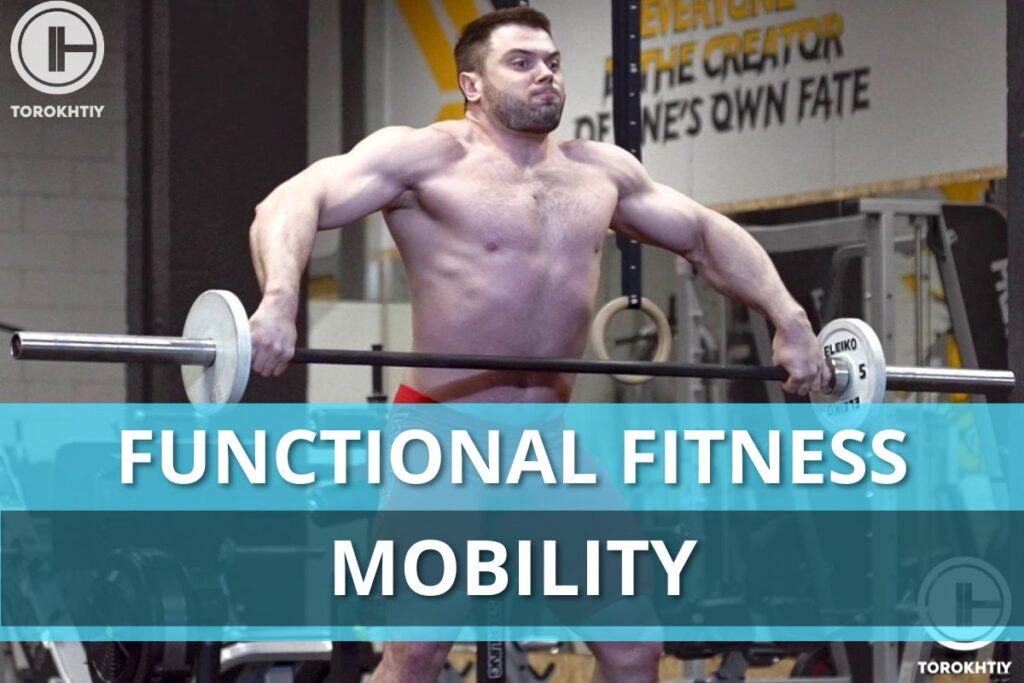
What is Mobility in Functional Fitness?
Let’s first begin by clarifying what mobility is. This term is used to refer to your ability to move your joint throughout its full range of motion comfortably. It’s different than flexibility, which generally refers to assisted movement.
Just think of it like this – you’ve undoubtedly seen a person that can use one hand to bend the thumb on the other one until it touches their wrist – that’s flexibility. And mobility is when you’re able to touch the wrist without the help of the other hand.
Functional fitness is a terrific workout for building strength and endurance; however, most elite functional fitness gyms put quite an emphasis on crafting their own functional fitness mobility drills. That way, you’re not only getting stronger and faster but also more mobile – a benefit that becomes more and more important the longer you train.
Why is Mobility so Important?
People that have been training in commercial gyms for years quickly realize that one of the hardest parts of functional fitness is being mobile enough to do the exercises. Just ask your regular gym-goer friend to do a thruster or an overhead squat, and you will quickly see that their problem is not a lack of strength but a lack of mobility. In most cases, the body will start adjusting to the lack of flexibility so that the back will arch, and the elbows will soften during the overhead press.
Then the knees will cave in and won’t be able to go all the way to the floor – a result of tight hips. And so the lack of mobility quickly becomes a big issue as it can lead to an increased chance of sustaining injuries as the body constantly adjusts the technique and performs the exercises with incorrect form.
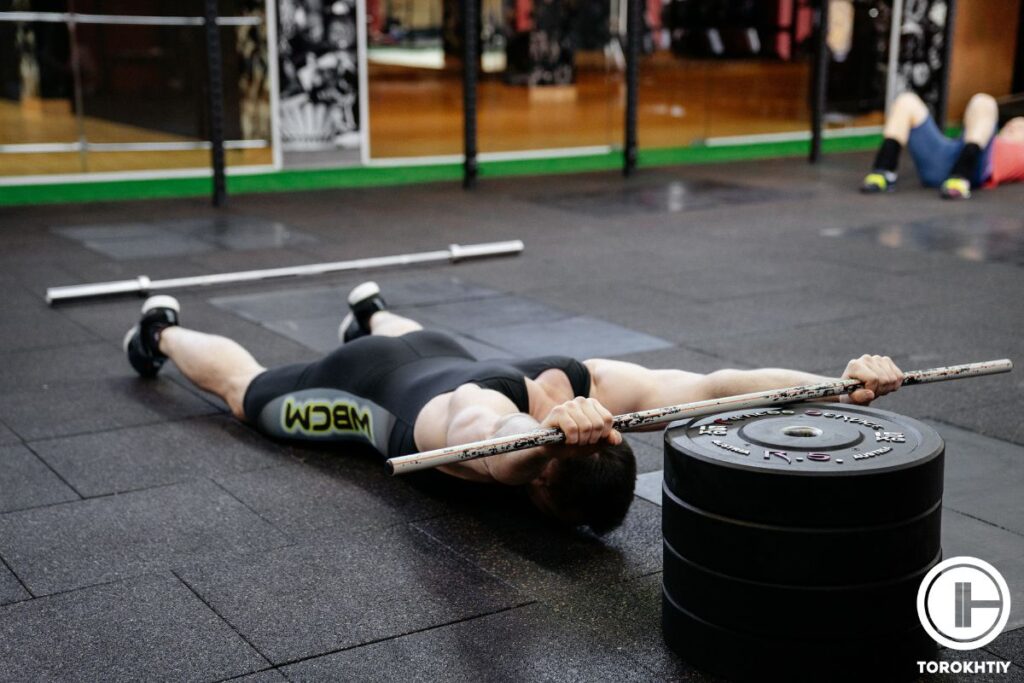
However, what are the most important benefits of mobility, and why do they matter for athletes? Let’s take a look. Mobility stretches for functional fitness (and not only) improve your range of motion, and the better your range of motion, the more you’re able to move freely without pain.
That’s a major plus for anyone, but especially for people that do high-intensity workouts or that train on a daily basis. It majorly improves your quality of life by making it much easier to move and do everyday tasks without feeling constrained or in pain. Some of the major mobility pros that have made our list include.
Gaining More Strength
Having a better range of motion and improved mobility helps you perform all exercises with proper form and the right technique. Over time, this helps you gain more strength and to perform more consistently.
Fewer Chances of Injuries
If your mobility is hindered, performing different kinds of exercises required for functional fitness becomes incredibly difficult. Not only that, but it makes it dangerous as it probably leads to you lifting heavy weights with improper form. Over time this can lead to damage to your joints, tendons, and muscles, leaving you badly injured.
On the other hand, having a good range of motion, great mobility, and proper form will allow you to perform all exercises with the right technique, ensuring better results and, more importantly, safety. That way, you will also be able to train consistently, which always brings the best results.
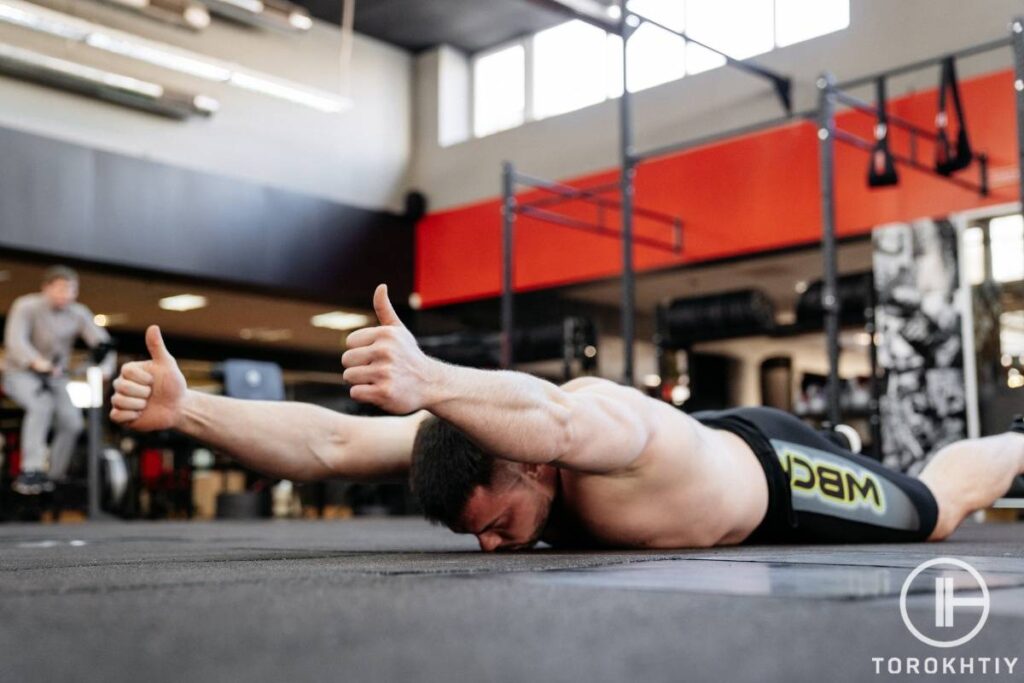
Faster Recovery
Functional fitness is a super taxing sport. Most workouts require you to not only do intense cardio, but also to lift heavy weights, perform gymnastics moves, and do all that as fast as you can. And so, regardless of how strong and resilient you are, your body will definitely start feeling the toll, especially if you train several times per week.
And so mobility exercises, along with stretching, can be super beneficial for your recovery. They help blood flow into the muscles, thus reducing post-workout inflammation and helping your body recover faster.
Follow us!

Free!
Get a 2-week Weightlifting Program as a bonus for the subscription to kickstart your training plan!

Free!
The Best Functional Fitness Mobility Exercises
Unfortunately for all of you, exercise on its own doesn’t automatically lead to better mobility. Instead, you will have to put particular emphasis on improving your range of motion. The first and most important thing to do is to stretch before and after every workout – active stretching before and passive after.
Then if you want to improve your mobility further, the only way to do this is to put in the work and include it in your daily workouts. Doing just 10-15 minutes of mobility work per day is bound to give you results soon enough, and the more you notice changes to the way you move, the more you will want to do it.
You will easily find many mobility drills, exercises, and even one-hour-long workouts on the Internet. But in this article, we will focus on showing you only the most crucial (and best) mobility exercises that are simple to remember and incredibly effective.
Lateral Lunge
Lateral lunges are a terrific exercise that helps you develop strength, balance, and stability in the frontal plane, which makes you more efficient at moving from side to side. Along with that, it improves your adductor mobility and strength, leading to fewer groin injuries and helping you improve your mobility at the hips, which is usually problematic for many.
Many people struggle to perform the lateral lunge, especially with depth, but that’s precisely what makes it so good at opening up the hips and allowing you to stretch those muscles and tendons that get extremely tight both from sitting all day and from intense exercise.
Back-to-the-Wall Shoulder Flexion
This exercise trains your shoulder blades to be able to move around the ribcage without assistance from your lower back. It also helps you get a neutral neck position, fixes a posterior pelvic tilt, and also trains core stability while you’re lifting your arms overhead.
The back-to-the-wall shoulder exercise is also often used as a kind of test to determine whether someone has sufficient shoulder mobility or not. For example, if you’re not able to touch your thumbs to the wall or you have compensations, then you shouldn’t be overhead pressing.
Prying Squat
Do this quick test – ask your gym-goer friend to squat as deep as they can while keeping their heels on the ground. Once you do that, you will rapidly come to the realization that squat depth is a touchy subject. On the other hand, having great hip mobility is a must for most athletes, regardless if they’re functional fitness athlets or not.
And this is where the prying squat comes into play as it opens your adductors, which can often keep your hip abductors from engaging and thus help you get deeper in a squat.
This exercise also helps you with stabilization as it drives your knees away from your elbows and requires you to balance as your hip flexors stretch.
🔻Test Your Mobility Before Starting the Program
Mobility is crucial because it directly impacts your performance, technique, and overall safety.
Complete 3 simple tests to evaluate your current mobility.
Our Program Includes:
- 📺 80 Videos for every exercise:
Unique movements, supported by detailed graphics and voice-over. - 📆 36 Workouts x 30 minutes each:
12-weeks plan can be used as standalone program or as a pre-/post-workout training. - 📊 Tests to track you progress:
Make simple tests in the beginning and after finish to elevate your result. - 🏋️♂️ Made by Olympian:
Designed by a Champion, under the guidance of PhD in sport science and physiotherapist. - 💲One-time payment:
No monthly or any other recurring payments. One payment, life-time usage.
FAQ
Does Functional Fitness Help With Mobility?
Just doing functional fitness workouts won’t help you with your mobility. In fact, if you have compromised mobility and you’re regularly doing functional fitness, it might lead to some injuries if you’re not being careful. Mobility work is its own form of exercise that you need to dedicate time to, and that must be done on a regular basis.
Why Is Mobility Important in Functional Fitness?
Functional Fitness workouts require you to be able to do many complex, multi-joint exercises with good form. And if you lack mobility, you will simply not be able to do that. Or you will be able to do some kind of a variation of the exercises, but with bad technique and form, which will not only lead to less strength gain, but might possibly also injure you.
What Is a Mobility Coach?
A mobility coach is a trainer with a specific focus on teaching mobility classes. It’s the same as having a strength coach or an endurance one – they’re just different kinds of athletes who’ve put a particular emphasis on one part of athletic performance and are now coaching others.
Hiring a mobility coach is not necessary for improving your range of motion. Online there are plenty of drills and workouts that are more than enough for non-professional athletes.
Conclusion
People who train and, more specifically functional fitness athlets, put a lot of emphasis on gaining strength or improving endurance. Somewhere along the way, they tend to forget just how crucial mobility is for great athletic performance.
The reality is that proper mobility ensures that we have a good range of motion and that we’re able to perform all exercises with the correct technique while maintaining proper form. In the long run, that leads to longevity in sports and improved life quality.
Hopefully, you found this article informative and that you will start doing at least the three exercises we’ve suggested. And if any of you have already tried doing mobility work, please share your work with us your results. Did it help you improve your technique? Or enable you to recover faster? Share with us in the comments.
Also read:
- Mobility Routine for Lifters
- Stretching for Weightlifting
- Snatch Mobility
- Upper Body Stretch
- Elbow Mobility Exercises
- Trapezius Stretches
- 4-Week Squat Program
- 10 Week Squat Specialization Program
References:
- Stretching: Focus on flexibility // MAYO Clinic: https://www.mayoclinic.org/healthy-lifestyle/fitness/in-depth/stretching/art-20047931
- 5 Ways Mobility Training Can Prevent Injuries // Optimal Wellness: https://optimalwellnessco.com/5-ways-mobility-training-can-prevent-injuries/
- Overhead Mobility Program // Torokhtiy: https://torokhtiy.com/products/overhead-mobility-cycle
Why Trust Us?
With over 20 years in Olympic weightlifting, strength training, nutrition coaching, and general fitness our team does its best to provide the audience with ultimate support and meet the needs and requirements of advanced athletes and professional lifters, as well as people who strive to open new opportunities and develop their physical capabilities with us.
By trusting the recommendations of our certified experts in coaching, nutrition, and sports training programming, as well as scientific consultants, and physiotherapists, we provide you with thorough, well-considered, and scientifically proven content. All the information given in the articles concerning workout programming, separate exercises, and athletic performance, in general, is based on verified data.
The product testing process is described in more detail here.
Author: Sergii Putsov
Head of Sport Science, PhD
Best Results: Snatch – 165 kg,
C&J – 200 kg
Sergii Putsov, Ph.D., is a former professional weightlifter and National team member, achieving multiple medals in the 94 kg weight category at national competitions. With a Master’s degree in “Olympic & Professional Sport Training” and a Sport Science Ph.D. from the International Olympic Academy, Greece, Sergii now leads as the Head of Sport Science. He specializes in designing training programs, writing insightful blog articles, providing live commentary at international weightlifting events, and conducting educational seminars worldwide alongside Olympic weightlifting expert Oleksiy Torokhtiy.
Reviewed by: Oleksiy Torokhtiy
Olympic Weightlifting Champion, PhD in Sport Science
Best Results: Snatch – 200 kg,
C&J – 240 kg
Oleksiy Torokhtiy is a professional athlete boasting 20 years of experience in Olympic weightlifting. With multiple European and World titles under his belt, he has showcased his prowess in two Olympic Games (Beijing 2008 and London 2012). Upon concluding his illustrious career, Oleksiy dedicated himself to coaching. By 2022, he had conducted over 200 weightlifting seminars worldwide. He is the visionary behind an international sportswear and accessories brand known for its motto, “Warm Body Cold Mind.” Additionally, he is an esteemed author and the creator of a series of training programs and eBooks.




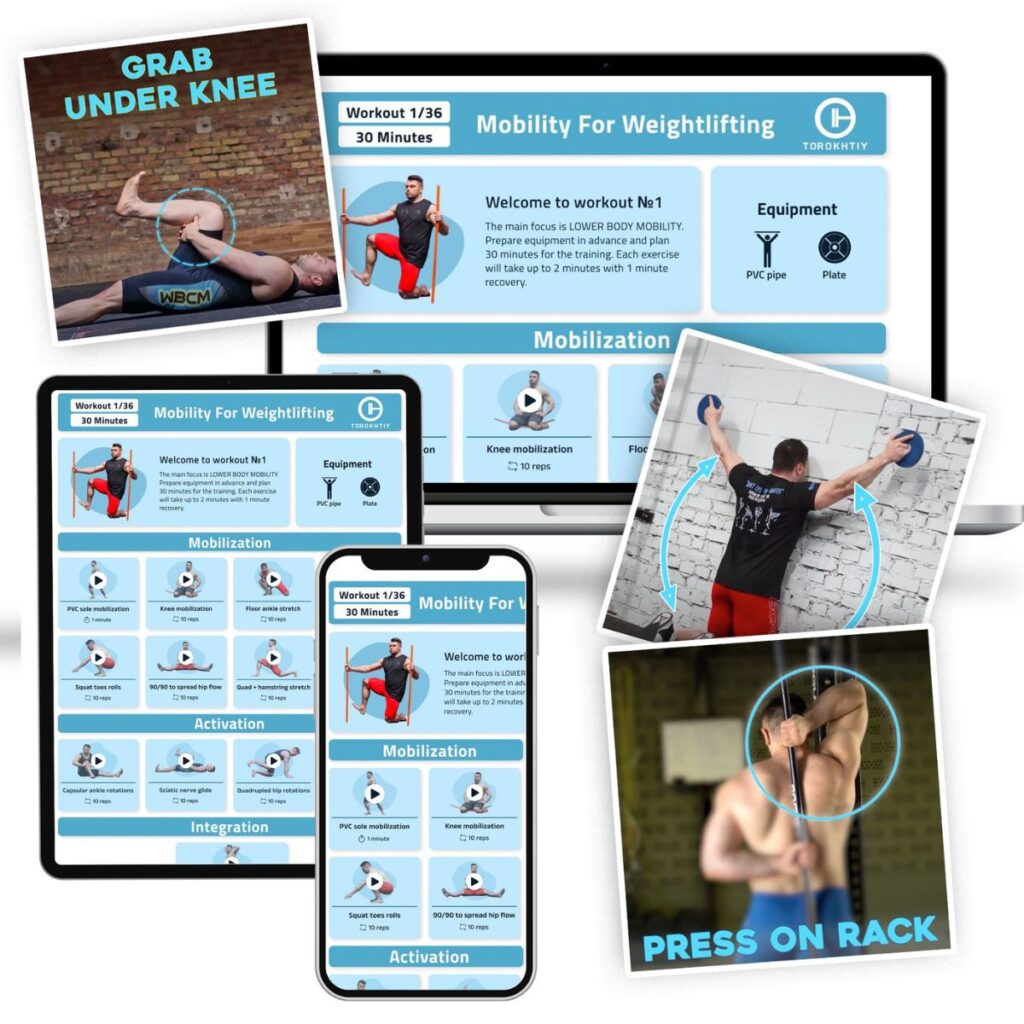
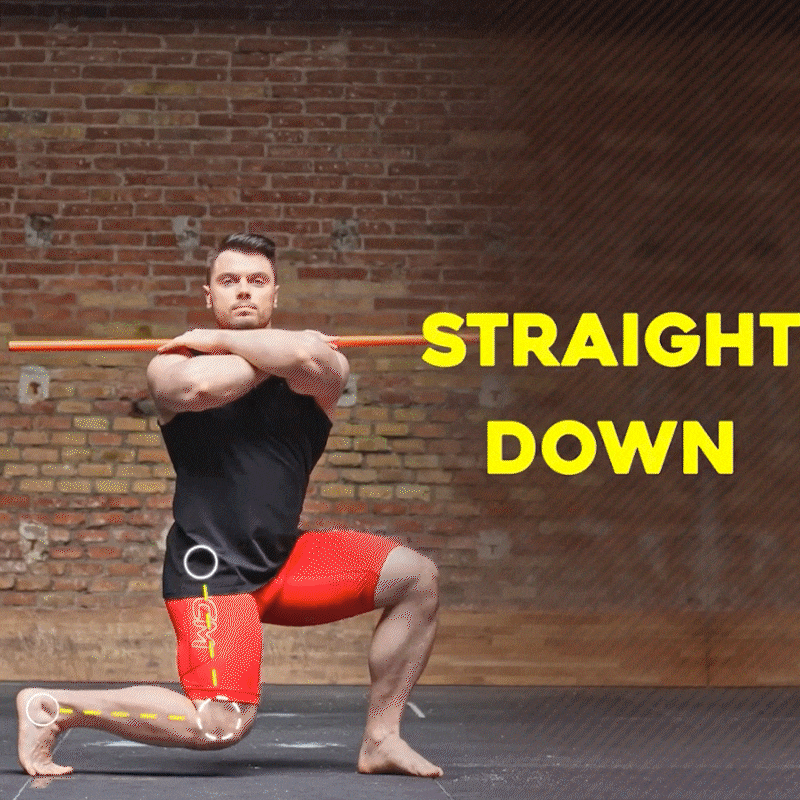
Still have questions after reading our article? Unlock your full potential by engaging with our experts and community! Don’t hesitate — leave a comment below and Sergii Putsov will provide a personalized answer and insights to help you reach your goals.